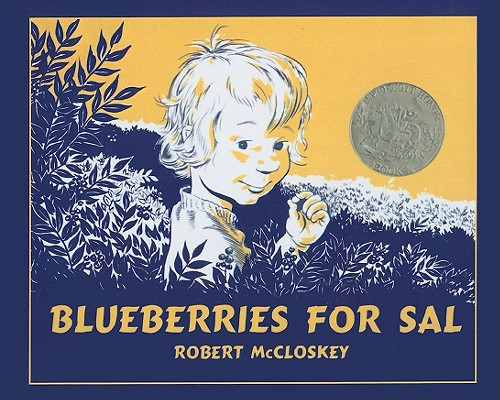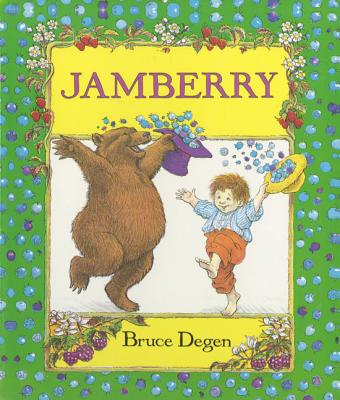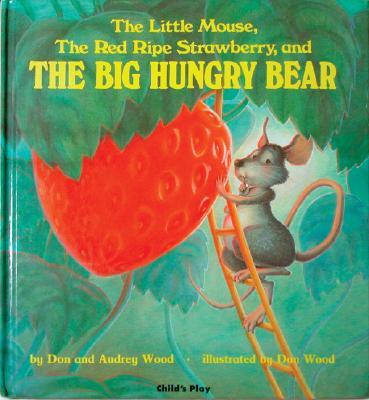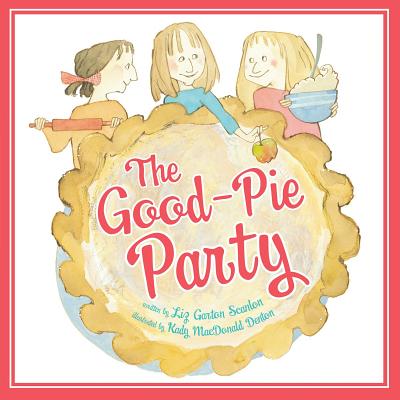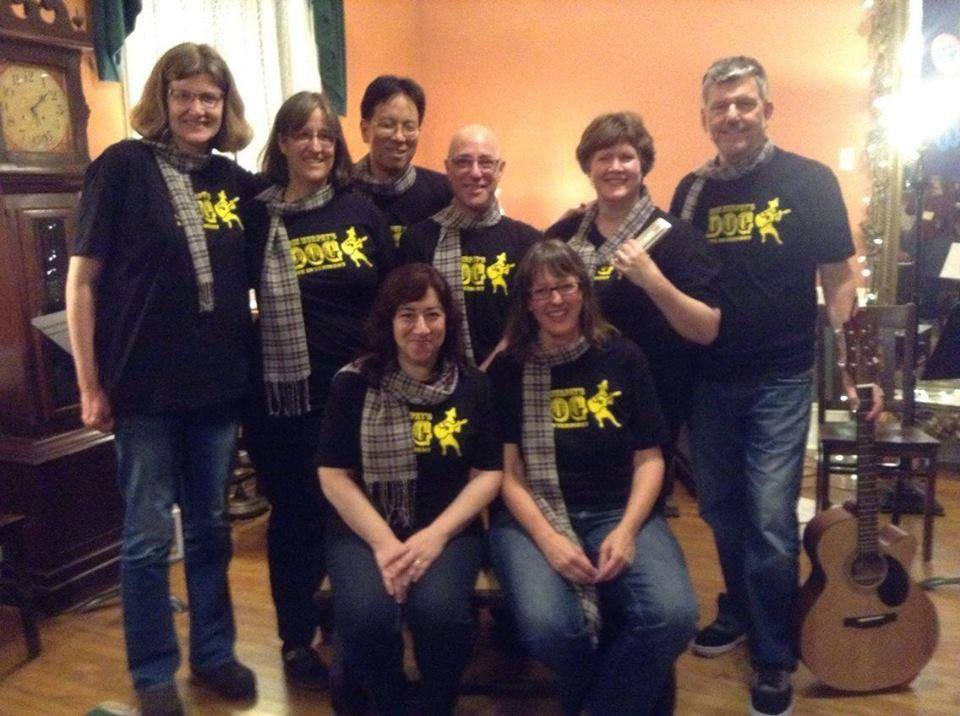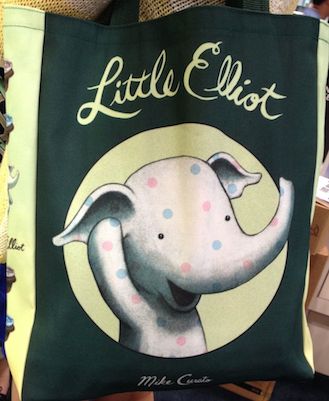A Mysterious Sales Spike, Revealed
Elizabeth Bluemle - June 12, 2014
Recently, the store has had a run on copies of The School for Good and Evil. The book has been out for some time in hardcover (published May 2013), and sold very well here in our neck of the woods, above average in its genre but with a quieter level of customer demand than, say, Divergent or The Hunger Games.
The School for Good and Evil came out in paperback back in April, but the demand for it here ramped up exponentially this past week. Suddenly, it seemed, every 10-year-old in the county wanted that book.
I couldn’t figure out what had made the difference. Had a movie or TV show based on the book just come out and I’d missed it? Had the title shown up on a Scholastic order form in some particularly effective, attention-getting way? I wasn’t sure, but I knew to stick a stack of copies on the front counter. Sure enough, they flew out the door even faster.
What gave? Finally, I received my answer. A fifth-grade boy came in with his mom looking for a copy of My Side of the Mountain for a friend’s birthday, and he spotted The School for Good and Evil by the register. “That’s supposed to be really good,” he said to his mom. “Want to get it?” she asked. “Sure,” he said. (Booksellers love that conversation.) This boy was the tipping point for me; I had to know how he had become interested in this title that showed two female main characters on the cover. Even though I fiercely believe a good story is a good story, and avoid gender-stereotyping reader preferences, 10-year-old boys aren’t always in the habit of diving for books with girls on the cover. (Not my world; I just live in it.)
“Hey, Kyle,” I said. “This book is really popular with kids your age right now. How did you hear about it?” His was the simplest of answers, and as a retailer with 75-85% of sales attributable to direct recommendations to customers, I should have anticipated it: “Rainey did a book talk.” Rainey is a girl in his class; the fifth graders had been doing book recommendations in their language arts class, and Rainey’s presentation on The School for Good and Evil had made everyone in the room want to read it. Word of mouth spread, and soon the whole fifth grade was running to bookstores and libraries on a mission.
Then Kyle charmed the socks off me by asking earnestly, “Have kids also been asking for The Hunger Games? And the Percy Jackson books? And Spirit Animals?” It was clear those were the books he had recommended to his classmates, and I was pleased to be able to tell him that yes, they had.
And when he and Rainey turn 14, I hope they want summer jobs handselling books at my store.


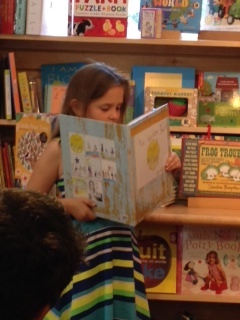
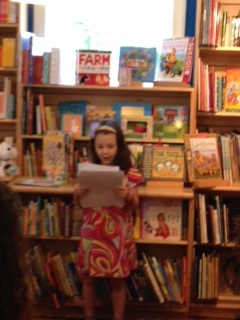
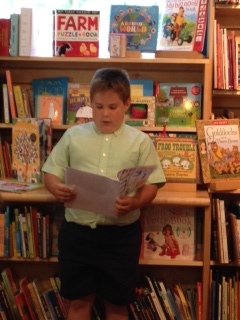
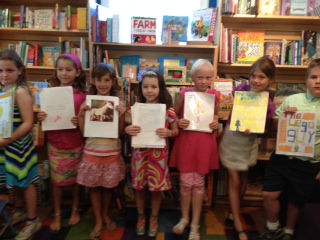
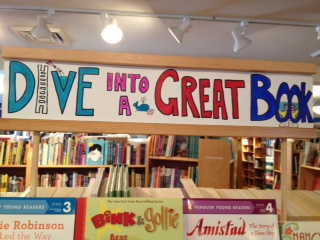




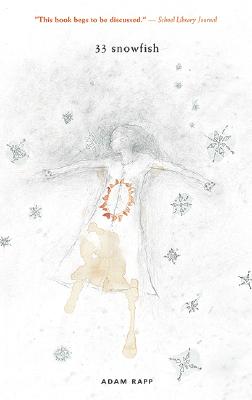 2) Even “the myriad defenders of YA fiction admit that the enjoyment of reading this stuff has to do with escapism, instant gratification, and nostalgia. […I]f people are reading
2) Even “the myriad defenders of YA fiction admit that the enjoyment of reading this stuff has to do with escapism, instant gratification, and nostalgia. […I]f people are reading 